Desmond Doss carried out one of the most courageous rescues of World War II, putting his own life on the line to save 75 injured comrades. His remarkable bravery earned him widespread recognition, and Hacksaw Ridge, the site of his heroic deeds, remains a place of great historical importance.
Explore the important role of this location, the intense Battle of Okinawa, and Doss’ exceptional heroism in the face of immense wartime adversity.
Battle of Okinawa
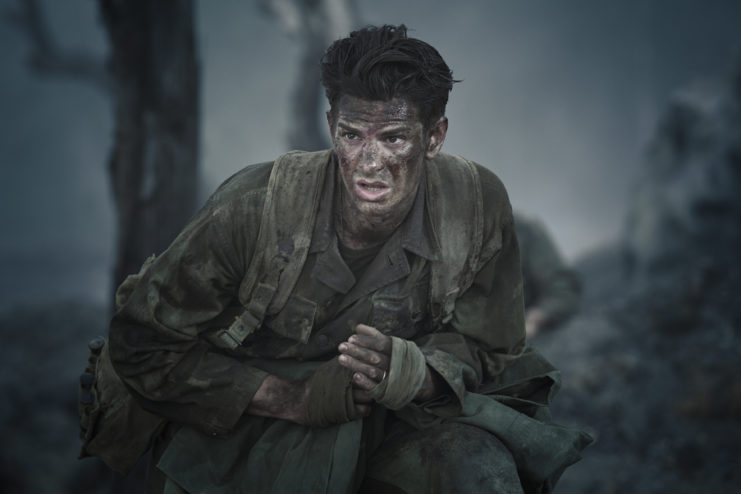
Desmond Doss’ courageous actions unfolded during the Battle of Okinawa. Officially known as Operation Iceberg, it was a major engagement between the US military and the Imperial Japanese Army (IJA). On April 1, 1945, the American forces launched the largest amphibious assault in the Pacific Theater of World War II by landing on the island.
The campaign extended from April 1-June 22, 1945, with the primary objective being to seize control of Okinawa’s key air base, intending to utilize it as a strategic launching point for the planned invasion of Japan. Amid the challenging terrain, US troops engaged in fierce combat with the Japanese forces, capturing various fortified positions, including the Maeda Escarpment, better known as Hacksaw Ridge.
Where is Hacksaw Ridge?
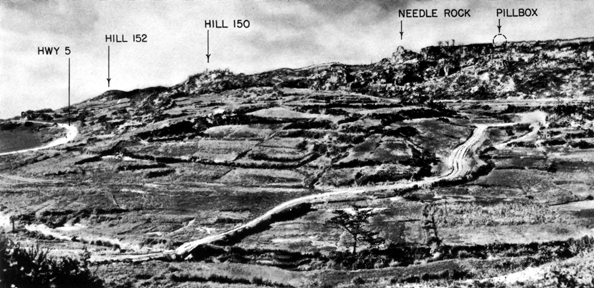
On Okinawa’s southern coast, near Urasoe, Hacksaw Ridge rises above the ruins of Urasoe Castle, which was once the island’s largest fortress. During the Battle of Okinawa, Japanese forces fortified the castle ruins, leveraging the site’s extensive layout and elevated position for defense. A complex system of tunnels and dugouts within the ruins further bolstered their strategic advantage.
Perched atop a steep 400-foot cliff, the ridge proved a formidable challenge for American troops, who had to scale it without the support of heavy artillery. It also presented difficulties for the Japanese defenders, as targeting the advancing Americans effectively was nearly impossible until they reached the summit.
How did Hacksaw Ridge get its name?
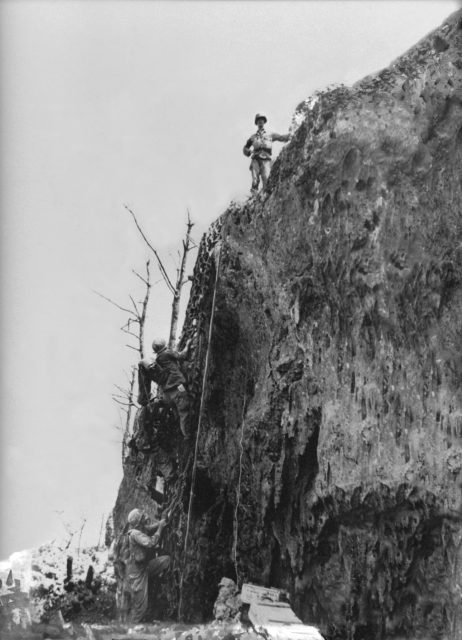
The nickname “Hacksaw Ridge” originated from the steep cliff in the area. While the exact reason American service members chose this moniker is uncertain, there are several theories.
One is based on the visual impression the area made on approaching troops. The escarpment’s northern side features two distinct rock formations – Hacksaw Ridge and Needle Rock – separated by a gap resembling a hacksaw notch, possibly inspiring the name.
Another theory suggests a more figurative interpretation. It posits that “saw” symbolizes the back-and-forth action of combat, with the teeth of the tool representing the fallen troops.
Desmond Doss
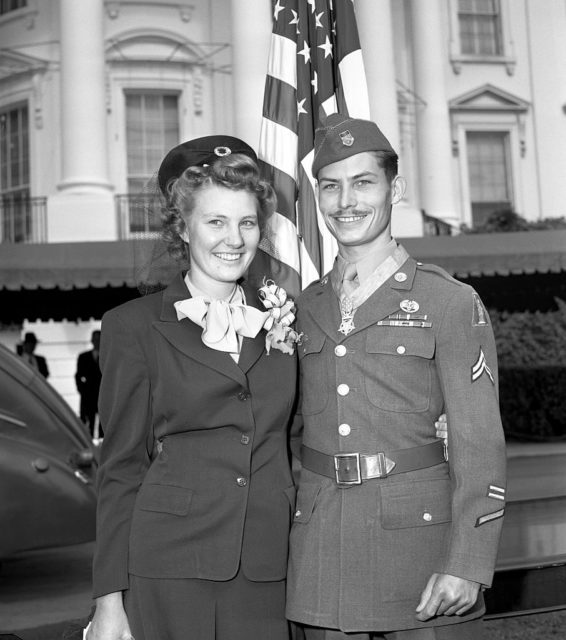
Hacksaw Ridge certainly can’t be discussed without detailing the heroism of Desmond Doss. He was raised as a Seventh-day Adventist and was a strong believer in non-violence. When World War II began, he was employed at a shipyard, but left the position to enlist in the US military.
Although he made the choice to serve, he refused to kill enemy soldiers, or even carry a weapon, because of his religion. As such, Doss was made an Army Medic with the 2nd Platoon, Company B, 1st Battalion, 307th Infantry Regiment, 77th Infantry Division.
Doss first saw combat in 1944 in Guam and the Philippines, where he set a precedent for demonstrating extreme bravery while aiding his wounded comrades. He was twice awarded Bronze Star Medals with a “V” device before he even set foot on Hacksaw Ridge.
The valiant efforts of Desmond Doss
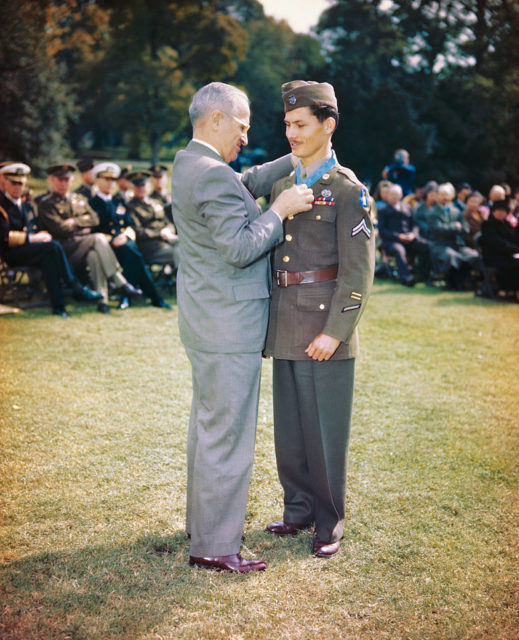
When Desmond Doss was sent to Okinawa, he found himself braving the deadly Hacksaw Ridge. He made the climb alongside the others, tending to the wounded as they went. Eventually, the casualties were so bad that the Americans were ordered to retreat.
Instead of following orders, Doss decided he was going to save as many wounded men as possible. He ran into the killing zone, carry his injured comrades to the edge of the cliff and lowering them to the bottom, where other medics stood waiting for them. He repeated this process numerous times, praying as he went, “Lord, please help me get one more.”
More from us: Eddie Slovik: The Only US Soldier to Be Executed for Desertion Since the Civil War
New! Want to become a trivia master? Sign up for our War History Fact of the Day newsletter!
By the time Doss had done all he could, he’d saved 75 men, although his comrades swear it was more like 100. He continued to fight in Okinawa until May 21, 1945, when he was evacuated after becoming wounded. Later that same year, he was awarded the Medal of Honor for his actions.
